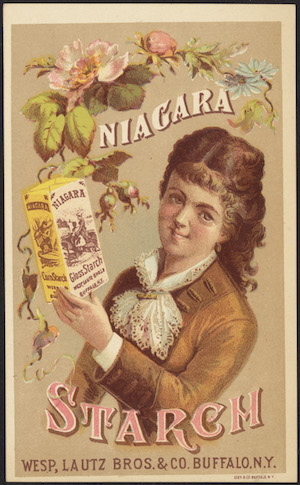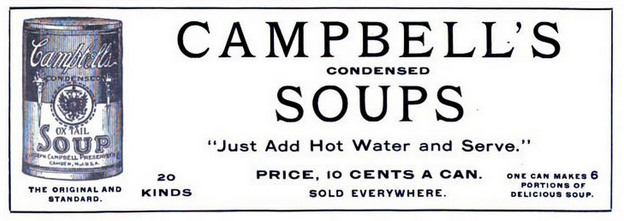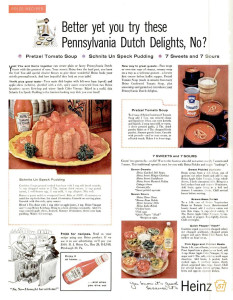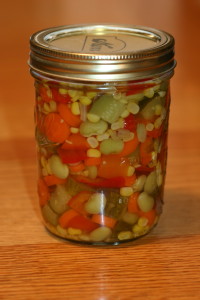So, this “stuck culture” thing that people keep talking about. People’s notion of normal is deeply screwed up.
The baseline—what “culture” seems to be “stuck” by comparison with—is a rapid turnover of fashions made possible by wealth and mass media. Wealth to afford new stuff all the time, mass media to disseminate fashions quickly. In one of Thomas Hardy’s novels, I believe (though can’t recall which one) he observes that while London fashions turned over every year, his rural characters wore essentially the same clothes as their 16th-century ancestors. Many folk songs recorded in 1920s Appalachia had roots traceable to the Elizabethan era. Even the “Classical Era” of music lasted nearly a century. Before the 19th century, even for the relatively wealthy, fashion turned far more slowly; for the 99% it turned on a scale of centuries.
Then came mass production, of course. But also magazines, made possible by cheaper printing, and with them the need to continually think up new stuff to publish. New dress patterns. New recipes. New stories. New ideas. The wheel of fashion accelerated. The possibilities of music publishing and the mass manufacture of pianos brought a continual demand for new music to play, and an industry that stoked that demand. Then came records, and radio, movies, and television. Each new invention disseminated new ideas faster; each required a greater source of new ideas to disseminate. The wheel spun ever faster. So that now, we are surprised to find that everybody is wearing pretty much the same clothes and listening to more or less the same music as they were ten or twenty years ago.
But that sort of rapid cultural change—which we now think of as normal—is a product of particular dominant technologies. Technologies that both enabled rapid change <i>and required it, in order to exist—which is to say, to continue to make money for the people that created them. All were, in their way, building blocks of what is now sometimes called the attention economy.




